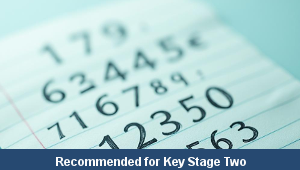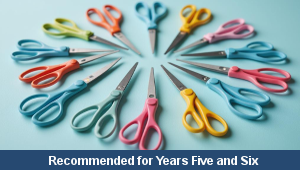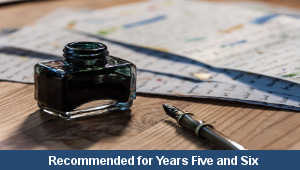Lesson Five – Multiplication Products

This maths teaching pack for Key Stage Two gets the children to investigate and record the order of digits that can produce different multiplication products when performing standard written methods of calculation for multiplication.
The class can identify the sequence of instructions that can be followed when completing a written multiplication calculation to break the sum into a series of smaller steps.
Download this teaching pack including a lesson plan, classroom activities and an interactive presentation to teach the children to investigate and record the order of digits that can produce different multiplication products when performing standard written methods of calculation for multiplication
Activities in this teaching pack include a set of differentiated templates to select and record combinations of digits that can be used to produce different multiplication products when performing standard written methods of calculation for multiplication.
The interactive presentation gets the children to explore the order of digits that can be used to produce different multiplication products.
This lesson is part of a maths scheme of work to get the children to practise using standard written methods for multiplication to solve abstract and real world problems. There are teaching activities for shared learning, differentiated worksheets to support independent learning and interactive presentations to introduce concepts and key skills.
-

Maths Arithmetic Assessment
Assess abilities in solving arithmetic number problems for addition, subtraction, multiplication and division when working with informal and formal written calculations
-

Environment
Identify and describe some of the special landscapes and locations that can be found in the world and reflect on how they can be protected and preserved for the future
-

Silent Letter Words
Explore and illustrate the meanings and spellings of some different words with silent letters when using them in a range of topics and scenarios
-

Complaint Letters
Explain and model how to format and structure writing when composing letters of complaint about different issues and scenarios
